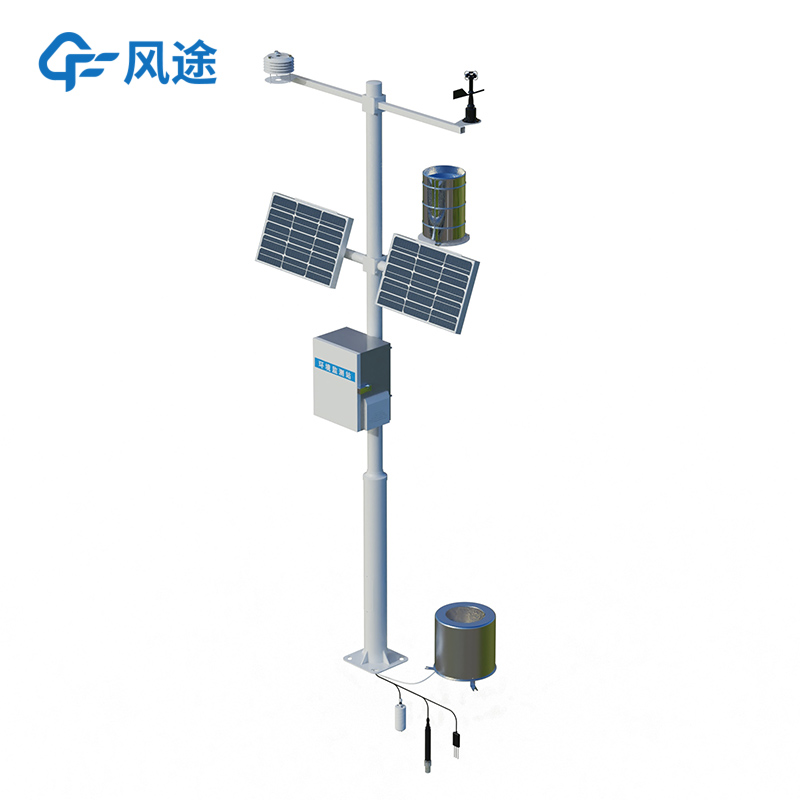Agricultural production relies heavily on meteorological conditions, and the rational combination of light, heat, water, and air constitutes crucial agricultural resources. With the development of information technology and the popularization of technologies such as big data and the Internet of Things (IoT), agricultural meteorological services have introduced these technologies to undergo a diversified transformation. Agricultural Meteorological Stations leverage information technology to achieve real-time monitoring of agricultural meteorological data, improve data processing efficiency, accurately predict severe weather, provide guarantees for smart agriculture, and promote the modernization of meteorological services.
These meteorological stations offer rich functions, including real-time data collection, wireless transmission, automatic storage, over-limit early warning, and data analysis. They are equipped with cameras, an exclusive management cloud platform, and a mobile APP, allowing users to view real-time data via webpages or mobile phones at any time.
For power supply, a "solar energy + rechargeable battery" mode is adopted, enabling easy disassembly and assembly. Solar power supply is economical, environmentally friendly, and safe, making it suitable for field scientific research and industrialization bases. The main unit allows remote setting of data collection, storage, and transmission intervals, as well as IP addresses, through the cloud platform.
The equipment can collect various parameters (such as temperature, humidity, illumination, rainfall, wind speed, and wind direction) and images, which are then uploaded to the cloud platform via wireless communication. The wind speed and direction sensor adopts an ultrasonic design, featuring a wide collection range, accurate data, and no mechanical wear, thus extending its service life. The stations support 4G communication, enabling flexible data upload to designated computers or main servers.
Data viewing and analysis are convenient: data is permanently stored in the cloud, allowing users to check parameter trends, extreme values, and average values. It can generate charts and reports, supporting data download, export, and regional meteorological statistics. Cameras are used to take regular photos and upload crop growth status images; the system can filter images by time period to dynamically display crop growth.
The management platform enables remote setting of data intervals, checking of device signals, and control of device settings, while also supporting online upgrades. Agricultural Meteorological Stations feature flexible configuration and easy installation, which can be adjusted according to on-site conditions without affecting crop growth. They can be used independently or form a network with multiple stations, with data uniformly processed by the central station.

Article address:https://www.sqqx.net/en/news/727.html

 +86 15898932201
+86 15898932201



